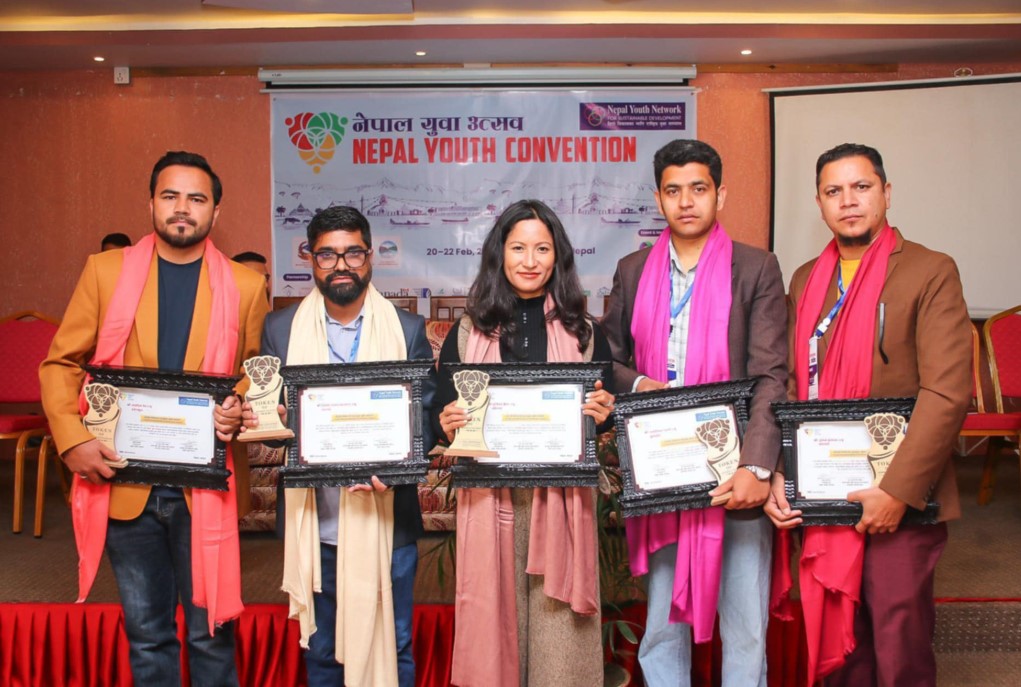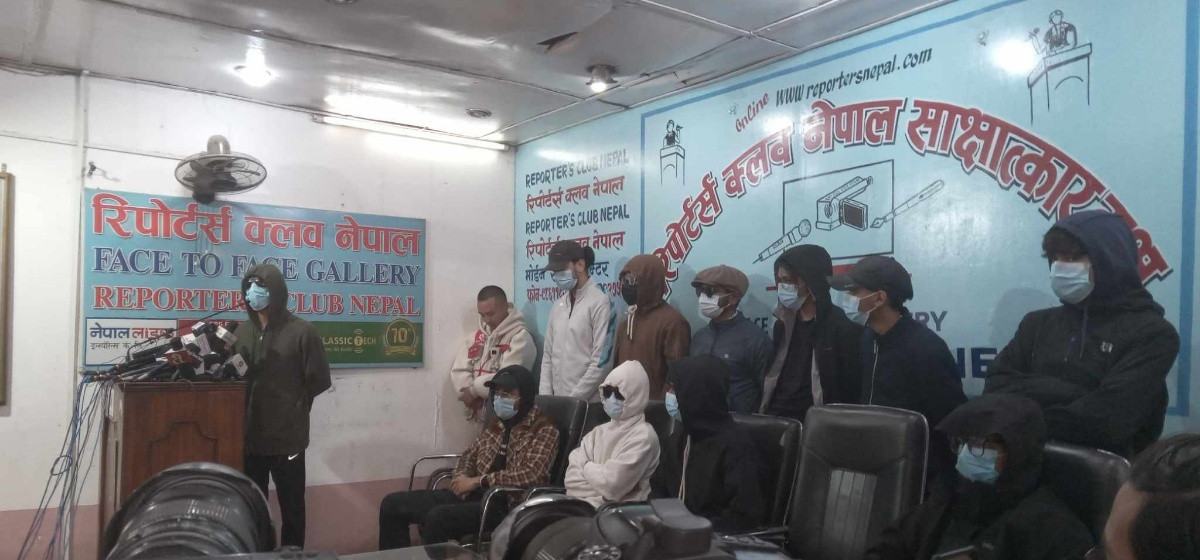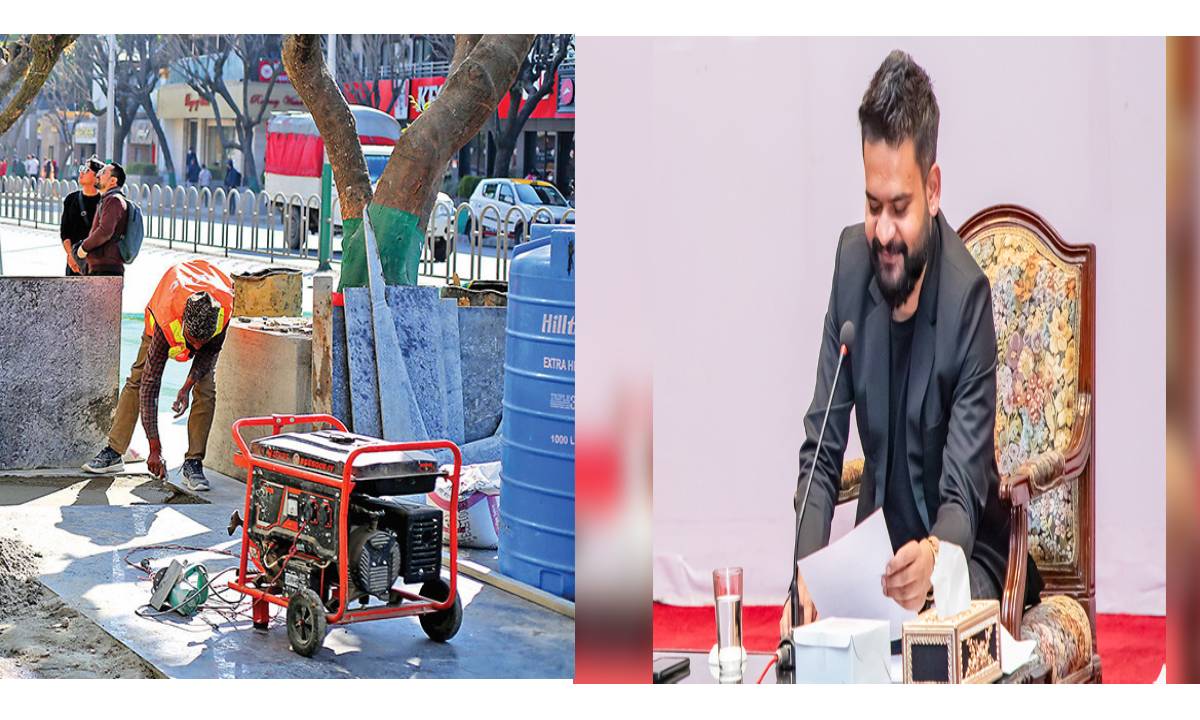The Prime Ministers of the two countries had agreed to revise the Treaty and tasked their Foreign Secretaries to work on it at the diplomatic level. [break]
We flew to India with a sense of expectation and trepidation. Our mission, as the previous ones, turned out to be a damp squib for reasons our leaders have long known but fail to acknowledge and address.
Diplomatic history
Sovereigns have used diplomacy as a tool to promote national interests as they defined. While multilateral diplomacy came of age with the rise of international organizations, bilateral ones are as old as the states.
What diplomacy can accomplish depends on the country’s moral strength, wits, and military and economic power to back it. Small countries safeguard their interests by projecting their morals and wits through diplomacy.
Large nations engage in diplomacy with a much broader agenda and project their military and economic powers to back it.
Sending envoys to pass messages and strike deals has been common across the world. In South Asia, the epics Ramayana and Mahabharata, written some 5,000 years back, are replete with stories of envoys and deal-makings.
Brihaspati and Manu have written much about statecraft and Chanakya has elaborated the task and principles of diplomacy in his book, Artha Shastra.
In China, the concept of diplomacy started around the 6th century BC during the Zhou Dynasty (1050-256 BC). In the 6th century BC, Sun Tzu wrote “The Art of War” in which he stressed the need for maintaining alliance and developing relations with other kings and princes.
Subsequent Chinese and Mongol dynasties continued the practice of sending and receiving ambassadors.
Greek city-states (800-600 BC) were the first to start diplomatic practices in Europe. Later, the Roman and other empires sent diplomats to build alliance, facilitate commerce, and prevent or resolve conflicts. Machiavelli elaborated the art of diplomacy in his book, “The Prince.”
In the early days, envoys were sent to foreign countries for specific tasks, as residential diplomats were not in vogue. Spain sent its first residential ambassador to England in 1487. Later, the practice of sending permanent envoys became common across the world.
Usually, diplomats have enjoyed safe passage and immunity from prosecution in host countries since ancient times. However, they have also met with ill treatment on many occasions as a show of disrespect to the sender.
The United Kingdom guaranteed diplomatic immunity by law for the first time in 1709. The Vienna Congress (1814-15), which redrew the map of Europe, agreed to diplomatic safe passage and immunity, and the Vienna Convention on Diplomatic Relations (1961) made them global principles.
Nepal’s diplomacy
Through much of its history, Nepal’s diplomacy was limited to Tibet/China and India. The Malla kings of Kathmandu had trade relations with Tibet and Indian states. After he unified the country in 1768, King Prithvi Narayan Shah, who viewed the British in India with suspicion, professed isolation.
The Sugauli Treaty, which ended the Indo-Nepal War of 1814-16, allowed the British to open their diplomatic legation in Kathmandu, terminating the splendid isolation.
After his rise to power through the Kot Massacre, Jung Bahadur Rana fostered close relations with the British in India, helped them suppress the Sepoy Mutiny in 1857 and, as a reward, retrieved Banke, Bardia, Kailali and Kanchanpur lost during the Indo-Nepal War.
Jung Bahadur and his nephew Chandra Shumsher visited the United Kingdom as envoys. Several British royalties also came to Nepal for hunting during the Rana regime. Nepal established diplomatic relations with the United States in 1947 and with France in 1949.
As democratic forces pulled down the Rana regime in 1951, Nepal embraced the Panchasheel and the UN Charter as the guiding principles for its foreign policy.
It joined the United Nations and established diplomatic relations with China in 1955. The country also joined the Non-Aligned Movement, widened diplomatic relations across the world, and removed the Indian security posts along the Nepal-China border. Today, Nepal has diplomatic ties with 133 countries.
Besides, Nepal is a member of several multilateral and regional organizations. These agencies include the World Bank (WB), World Trade Organization (WTO), Asian Development Bank (ADB), and South Asian Association for Regional Cooperation (SAARC), and the Bay of Bengal Initiative for Multi-Sectoral Technical and Economic Cooperation (BIMSTEC).

Twice elected to the UN Security Council and the Economic and Social Council, Nepal participates in several UN bodies, including the Secretariat and various peacekeeping missions. Many Nepalis have laid down their lives serving the UN and humanity.
Need for reform
Largely traditional, reactive and underperforming, Nepal’s diplomacy is in serious need of reform. Barring sporadic examples of individual initiatives and drives, Nepali diplomats often remain quiet, passive, aloof, and unengaged with the host society. Under pressure, they do a good job but that is not good enough.
That is why Nepal has failed many times to achieve its diplomatic objectives.
To change the situation, Nepali diplomats need to engage with the world on a principled, proactive, constructive and sustained basis to make diplomacy result-oriented and effective.
Performance-linked incentives and confidence building through trainings and language proficiency are critical to bring such changes.
Nepal’s governments in the post-1990 period have appointed several taskforces and working groups to make diplomacy more effective.
Most notable among them have been the ones headed by Uddhav Dev Bhatta, Murari Raj Sharma, and Madan Kumar Dahal. Besides, Badri Prasad Shrestha also has done a project for the Ministry of Finance on economic diplomacy.
The first elected government established the Institute of Foreign Affairs to train diplomats. Subsequently, the Bhatta Panel was appointed. This Panel identified six focal areas – investment, labor, water resources, trade, aid, and tourism – for economic diplomacy and recommended measures to promote them.
While an economic diplomacy unit was established at the Ministry of Foreign Affairs, not much else was done to reorient diplomacy and make it more effective.
In 2005, the Shrestha Report made recommendations to create a policy-level body, upgrade the Economic Diplomacy Unit to the divisional level, integrate economic functions in each division of the Ministry of Foreign Affairs, and improve communications. But the Report was left largely unimplemented.
The coalition government headed by Girija Koirala appointed the Sharma Panel – the High-Level Foreign Policy Review Committee – in 2006 to recommend measures to make all aspects of foreign policy and diplomacy consistent with the changed political context at home and obtaining external situation.
Composed of distinguished academics, former diplomats, social activists, and president of the Federation of Nepalese Chambers of Commerce and Industry, the Panel consulted various political parties, including the Maoists, government agencies, and apex trade and commerce bodies.
Based on these consultations, the panel asked the government to pursue pro-people foreign policy driven by national interest rather than parochial political gains, reposition Nepal’s foreign policy to strike a better balance between the two immediate neighbors and between the region and the wider world, and make it stable and predictable, irrespective of the party in power.
It also urged the government to put the nation’s development at the front and center of foreign policy.
To strengthen diplomacy, the panel suggested that Nepali diplomats should be proactive, reoriented towards the six focal areas of economic diplomacy, and trained better and longer, including with practical experience with economic ministries.
It also asked the government to give each embassy a budget for economic activities and indicative targets to fulfill. Ambassadors, the report proposed, should be evaluated, based on their “efforts” to meet the country-specific targets, as not all host countries offered equal potential for success.
Other recommendations included creating a high-level coordination body, strengthening the Ministry of Foreign Affairs and diplomatic missions abroad, opening new embassies and upgrading the existing missions in economically and politically important countries and regions, streamlining the visa system and consular services, and embedding the principle of reciprocity firmly in diplomacy.
The panel also requested the government to work out details on these recommendations.
Approved by the Cabinet, the Sharma Panel’s report has only been partially implemented. The government has opened and upgraded several embassies, including in the Gulf, Brazil, and South Africa, and strengthened the Ministry of Foreign Affairs with additional departments and human resources. But other recommendations have been hanging fire.
They are as important today as they were in 2006 and must be implemented with a sense of seriousness.
The Sharma Panel had also asked the government to appoint taskforces to elaborate the modality to implement its recommendations. Accordingly, the government constituted a taskforce headed by Madan Kumar Dahal to prepare a handbook on economic diplomacy in 2008.
The handbook has also been only partially put into practice.
The 1950 Treaty
That brings me to the 1950 treaty and the biggest reform Nepal needs in the domain of external relations. The treaty creates two difficulties for Nepal.
First, it obligates two states with unequal capacities – India’s population is more than 40 times bigger than Nepal’s – to give national treatment to each other’s citizens in terms of residence, property ownership, trade and commerce, concessions and contracts, etc.
Second, the 1965 letter, which is integral to the treaty, imposes an obligation on Nepal to import arms and ammunition from India and to coordinate with India if they have to be imported from elsewhere.
Both sides have flouted the treaty. Nepal has denied Indians national treatment in matters of property ownership, commerce, and contracts, etc. India has not insisted on reciprocity on these matters, and derogated some of these provisions itself. Still, it is reluctant to revise the treaty, because it can invoke the pact when it has to.
For instance, India refused to renew the transit treaty, creating the economic impasse of 1989-90, after Nepal imported arms and equipment from China without telling New Delhi.
Evidently, the treaty can be amended through mutual agreement or annulled by either side giving a year’s notice. Political leaders from the two countries have agreed to revise it several times in the post-1990 period and asked diplomats to negotiate the details.
When Kumar Gyawali and I went to New Delhi, Indian officials clearly told us that, if the 1950 treaty were revised, all other treaties, agreements and understandings based on that treaty under which Nepal has been receiving special concessions and facilities from India must be subject to renegotiation as well.
We reported the matter to political leaders accordingly. The leaders have not terminated the 1950 treaty with a year’s notice, nor have they agreed to renegotiate various agreements and understanding based on that treaty. But they have continued asking foreign secretaries to revise the treaty.
This is just one of many examples of politicians beating around the bush.
Reform succeeds when it starts at the top. Political leaders must demonstrate honesty to acknowledge the truth, build their credibility through decisive action, and stop misusing limited diplomatic resources for posturing and personal benefits.
This will catalyze change in diplomats’ habit and attitude and make diplomacy more effective.
The writer is former Ambassador of Nepal to the United Nations and United Kingdom.
Beauties, build the thick skin







































